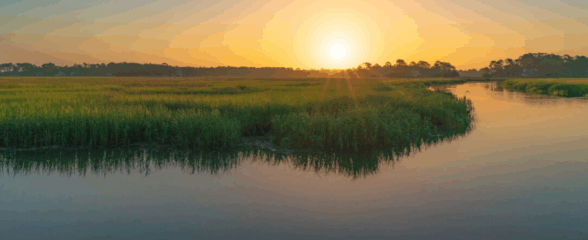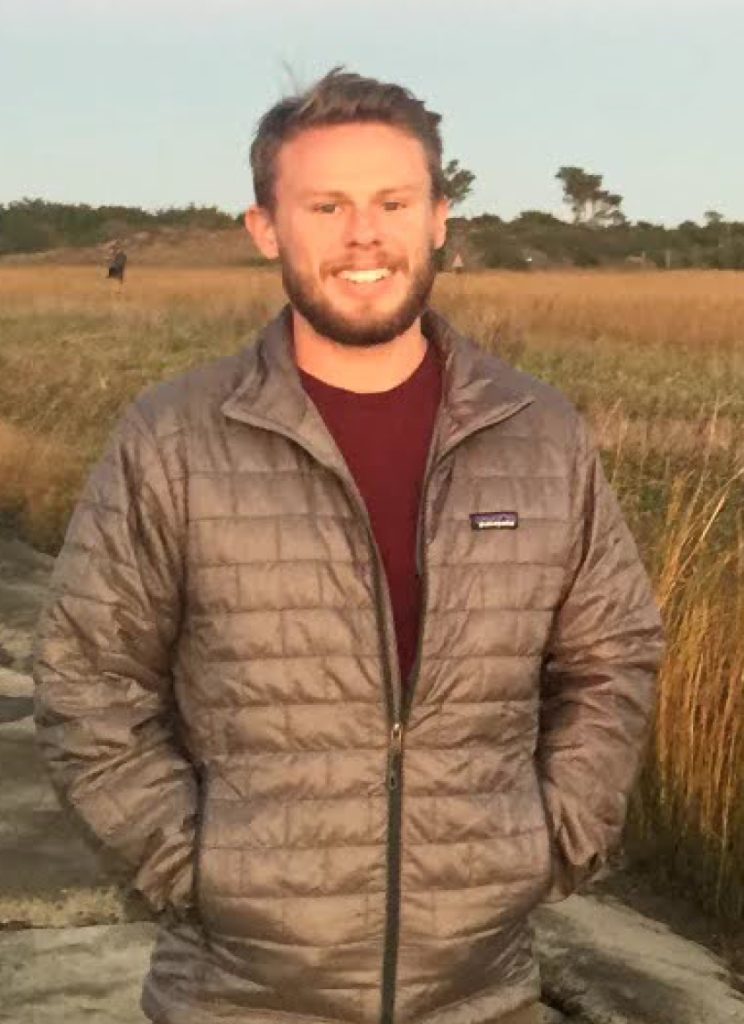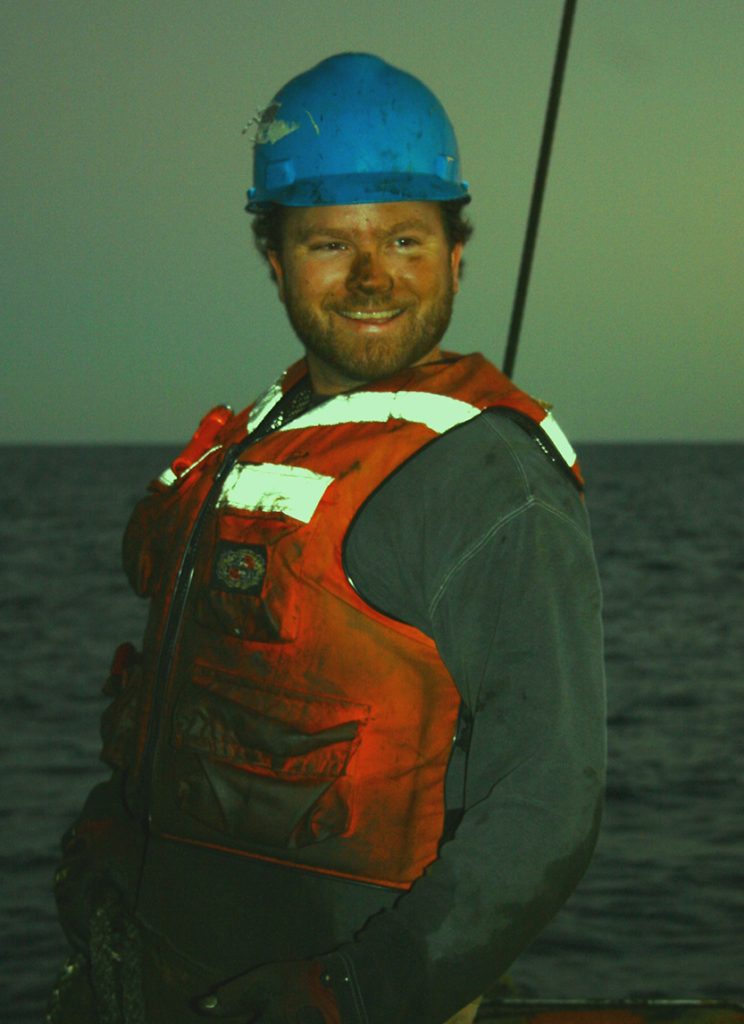SECOORA is honored to announce the 2021 Data Challenge winners. The 2021 Data Challenge focused on using archived SECOORA buoy and/or shore station data.
Category 1 – Undergraduate
Two Decades of In-situ Current Measurements from the North Carolina Shelf
Project Lead: Cody Benton, University of North Carolina Wilmington (UNCW)
“I am very excited to work with this unique data set and explore the potential for marine hydrokinetic energy in our region”
Project Abstract
UNCW undergraduate student Cody Benton will quality control (QC) and process two decades of current and wave data collected by an upward facing ADCP mounted on the OB27 non realtime mooring. The ADCP is part of a suite of instruments on OB27 that have been collecting oceanographic data since 2000. The mooring is operated by the UNCW Coastal Ocean Research and Monitoring Program (CORMP) and it is located offshore of Wrightsville Beach, NC near the 30m isobath where long-term ocean current data is scarce. Cody will process the current data in order to resolve ocean variability at the seasonal and inter-annual time scales.
After processing the data, Cody will perform an analysis of the available marine and hydrokinetic energy. Marine and hydrokinetic energy technologies convert the energy of waves, tides, and river and ocean currents into electricity.
Due to the length of the data from OB27, the focus will be on resolving seasonal or inter-annual variability that may be present in the ocean currents off the coast of North Carolina. The results will be presented at the North Carolina Renewable Ocean Energy Program (NCROEP) 2022 symposium.
Category 2 – Other
The Critical Importance of Long-term Moored Observations: Utilizing Climatology Products and Visualizations for Science and Communication
Project Lead: Jason Law, University of South Florida (USF)
“I’m grateful and honored to be awarded the 2021 SECOORA Data Challenge. Having spent a large part of my career deploying SECOORA assets as part of the USF COMPS program, pursuing my PhD is allowing me to move beyond data collection to scientific analysis. The Data Challenge provides an opportunity for my research to build on science outcomes by highlighting the importance of long-term observations in understanding and diagnosing changes to the coastal ocean system.”
Project Abstract
Climatology products are important assessment tools for understanding the mean state of coastal ocean conditions. They provide a long-term baseline of conditions, highlight seasonal patterns of observed parameters (e.g. waves, currents, wind speed, gust, direction), and highlight trends related to climate variability and climate change.
In this project Jason (Jay) Law will produce monthly mean climatology products based on all available oceanographic and meteorological observations for eleven oceanographic stations. These stations include six USF Coastal Ocean Monitoring and Prediction (COMPS) moorings, two NOAA National Data Buoy Center (NDBC) buoys, and four NDBC coastal wind towers. All of the moorings are deployed on the west Florida shelf and in some cases have over 20 years of available data, making this a robust data set for this project.
Jay will investigate circulation and inter-annual variability along the inner to middle shelf. And will provide monthly climatology products for currents, salinity, water temperature, winds, relative humidity, air temperature, barometric pressure and solar radiation.
The results of this climatological data analysis will be published on the SECOORA website to be accessed by stakeholders in the region. Additionally, online video visualizations will be created and a manuscript will be submitted to a peer reviewed journal.
Related news

SECOORA Funding Opportunity Announcement: Letters of Intent Solicitation
SECOORA will submit a coordinated regional proposal in response to the anticipated FY 2026 Implementation of the U.S. Integrated Ocean Observing System (IOOS) funding opportunity. Letters of Intent to be considered for inclusion in SECOORA’s full proposal are due September 9, 2025.

SECOORA Hosts the First Surface Elevation Table (SET) Community of Practice Virtual Workshop
The SECOORA SET Workshop was virtual on July 17, 2025. More than 50 Community of Practice members and stakeholders joined this collaborative workshop to discuss SET monitoring, coastal resilience, and data-driven decision making in the Southeast.

The Sounds of the Sound: Connecting the Port Royal Sound Community with What’s in the Water
Port Royal Sound in Beaufort, South Carolina is a thriving haven for animals, plants, and people. Research focused on listening to the animals that live in the Sound – specifically the resident dolphins – connects the community with the underwater world without having to go swimming.

